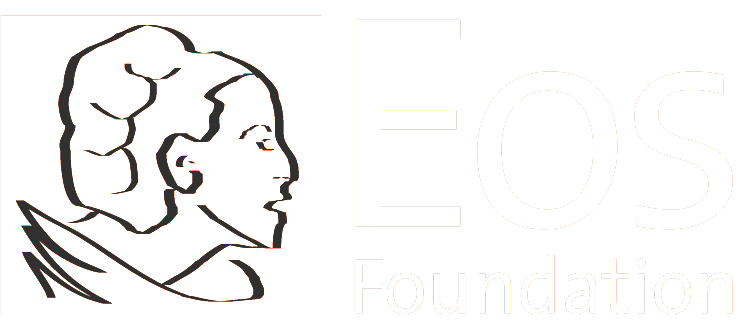USA Today
By Kim Churches and Andrea Silbert
March 15, 2021
On the face of things, diversity and inclusion seem to be sacrosanct values at our nation’s colleges and universities. Today’s students, part of the most multicultural generation of Americans ever, demand gender and racial equity on their campuses, and academic leaders signal their commitment by implementing policies, requiring trainings and preaching the gospel of acceptance and inclusivity.
But if you follow the money, as we did, you might end up wondering just how deep that commitment goes. Our new report, a collaboration of the Eos Foundation and the American Association of University Women, found that the highest-earning professionals at the nation’s leading colleges and universities — arguably those wielding the most power — are still overwhelmingly white men.
Diverse leaders exist but aren’t tapped
We collected data on the 10 highest-paid professionals at each of 130 elite research universities, known in the academic world as the R1 institutions. Looking at the salaries of core executive staff (excluding athletics, finance and medical personnel), we found that women account for just 24% of those top earners — and women of color make up only 2.5%. A mere 3.5% are Black men, and just about 3% are Latinos. That’s hardly the model of diversity that academic institutions so vociferously promote.
Some might try to explain this away by suggesting that change at the top takes time, that we need to wait for a more diverse pool of potential leaders to work their way up before reaching the uppermost ranks. But that’s simply untrue: The leadership pipeline has been diverse for years.
At just 11 colleges and universities, women make up half or more of the top earners, and at only eight schools, underrepresented minorities make up at least 20% or more those with the highest salaries, our survey found. The percentages are small, for sure, but that’s proof positive that parity can be achieved. Still, it’s hardly a naturally occurring phenomenon — it takes commitment and accountability.



